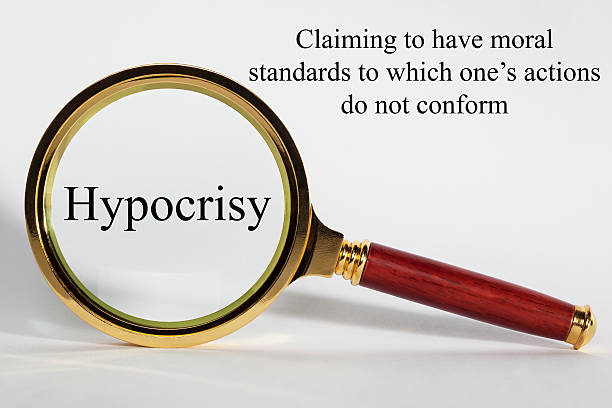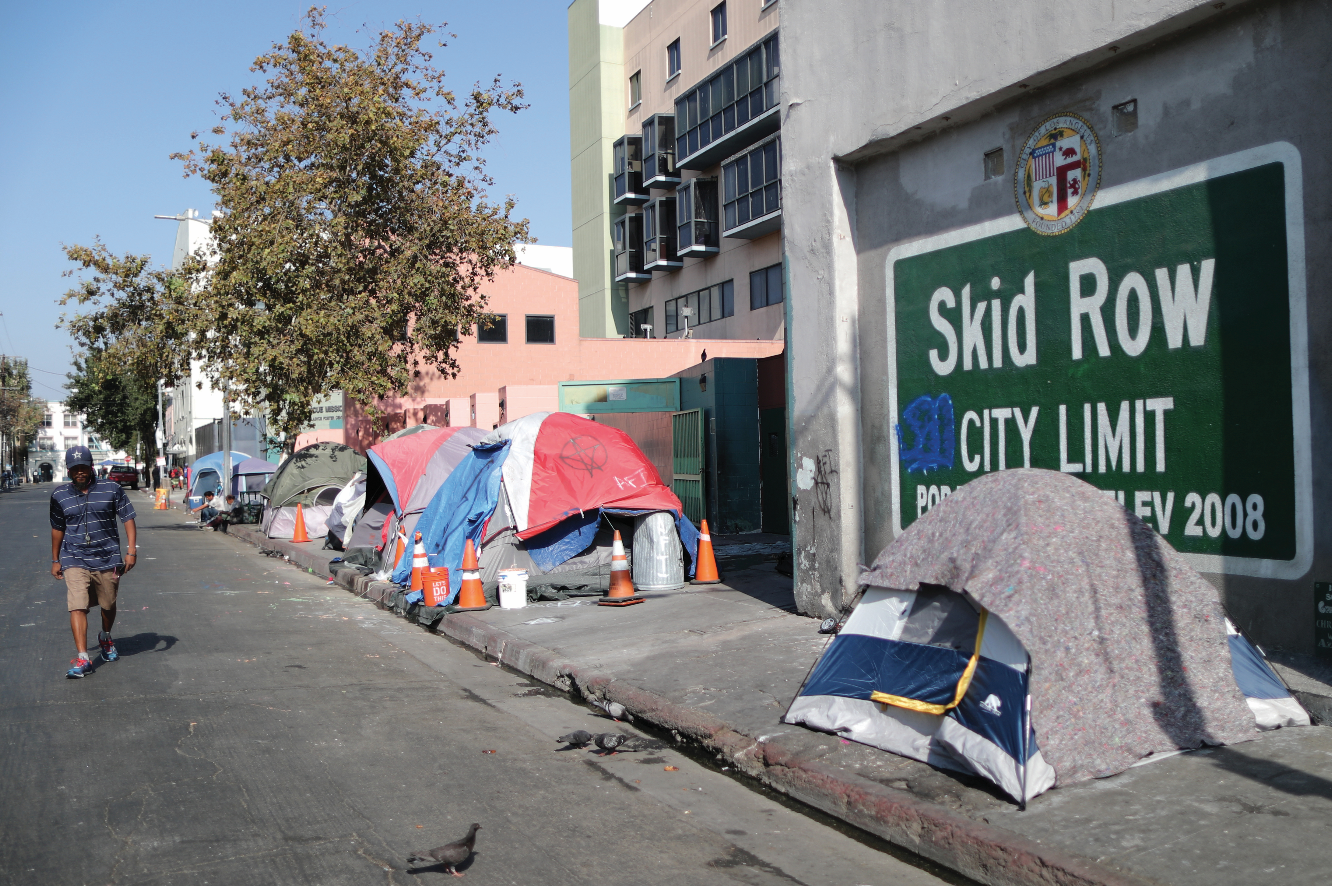
American society has long been characterized by the pursuit of the ‘American Dream,’ a concept ingrained in our national identity that promises prosperity and opportunity for all. Yet, as we delve beneath the glossy surface, a striking contradiction emerges – a socioeconomic chasm that contradicts our proclaimed ideals. This inconsistency reveals a society that vocalizes support for the underprivileged, yet struggles to actualize this empathy into action.
Despite being an emblem of prosperity, the United States is grappling with a serious homelessness crisis. The U.S. Department of Housing and Urban Development’s Annual Homeless Assessment Report (2022) indicated that on any given night, approximately 580,000 people in the country are experiencing homelessness1. Despite our vocal commitments to assisting those in need, our responses and resources dedicated to tackling homelessness often fall short of the urgency demanded by such a crisis.
California, a state known for its progressive social policies, offers a case study in this disparity. Despite pledges of equality and social equity, California has the highest poverty rate in the country when accounting for the cost of living, at 17.2%2. Meanwhile, the state’s wealthiest have continued to amass wealth, with California home to 189 billionaires3 – the highest in the nation. This growing divide contradicts the ethos of a state aiming to be a bastion of social equity.
This dissonance extends into the arena of fiscal responsibility. A significant number of Americans voice support for social initiatives aimed at reducing inequality, yet tax evasion remains prevalent. The IRS estimates that the annual “tax gap” – the difference between taxes owed and those actually paid on time – averaged around $441 billion for the tax years 2011 through 20134. This discrepancy undermines social programs and highlights an inherent hypocrisy in our social fabric.
America’s shift from crony capitalism to what could be termed as ‘crony democratic socialism’ adds another layer to the quandary. Policies that ostensibly aim to help the underprivileged often result in windfalls for big corporations. For instance, the Affordable Care Act, while expanding coverage for millions of Americans, also directed a surge of new customers towards private insurers5, leading to unprecedented growth in the sector. Such policy consequences perpetuate wealth concentration and economic disparity, while failing to genuinely empower those most in need.
It is clear that there exists a disconnection between our words and our deeds as ‘Divided Americans.’ To truly tackle the disparities within our society, we must critically assess our policies, actions, and attitudes, ensuring our pursuit of social equity is more than a buzzword. We must strive for an America where the dream of opportunity and prosperity is not a distant illusion, but a tangible reality accessible to all.
References:
Footnotes
- U.S. Department of Housing and Urban Development. (2022). The 2022 Annual Homeless Assessment Report (AHAR) to Congress. Part 1: Point-in-Time Estimates of Homelessness.
- Public Policy Institute of California. (2023). Poverty in California.
- Forbes. (2023). The World’s Real-Time Billionaires.
- Internal Revenue Service. (2019). Tax Gap Estimates for Tax Years 2011-2013.
- Dranove, D., Garthwaite, C., & Ody, C. (2016). Uncompensated Care Decreased At Hospitals In Medicaid Expansion States But Not At Hospitals In Nonexpansion States. Health Affairs, 35(8), 1471–1479.

0 Comments